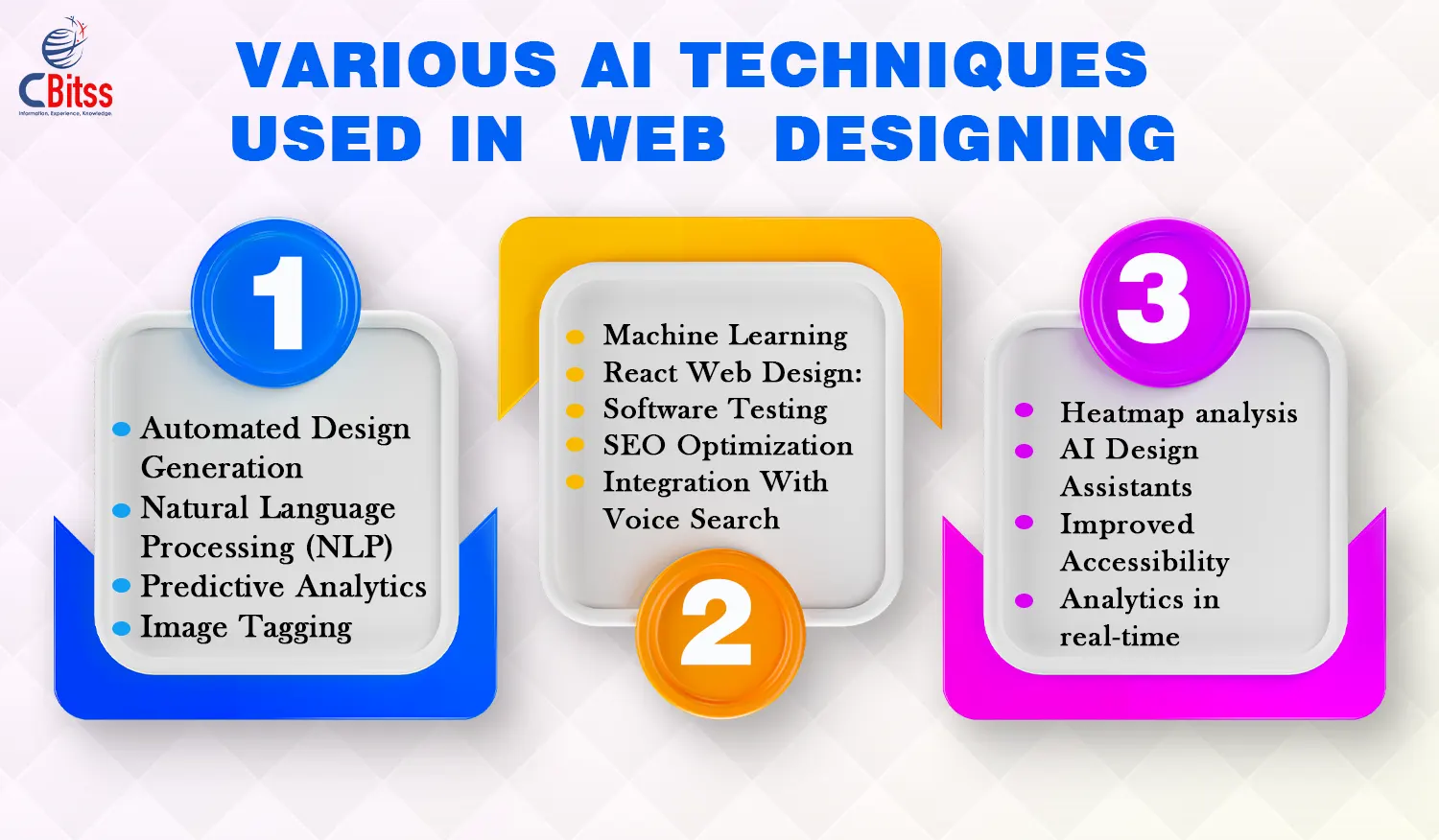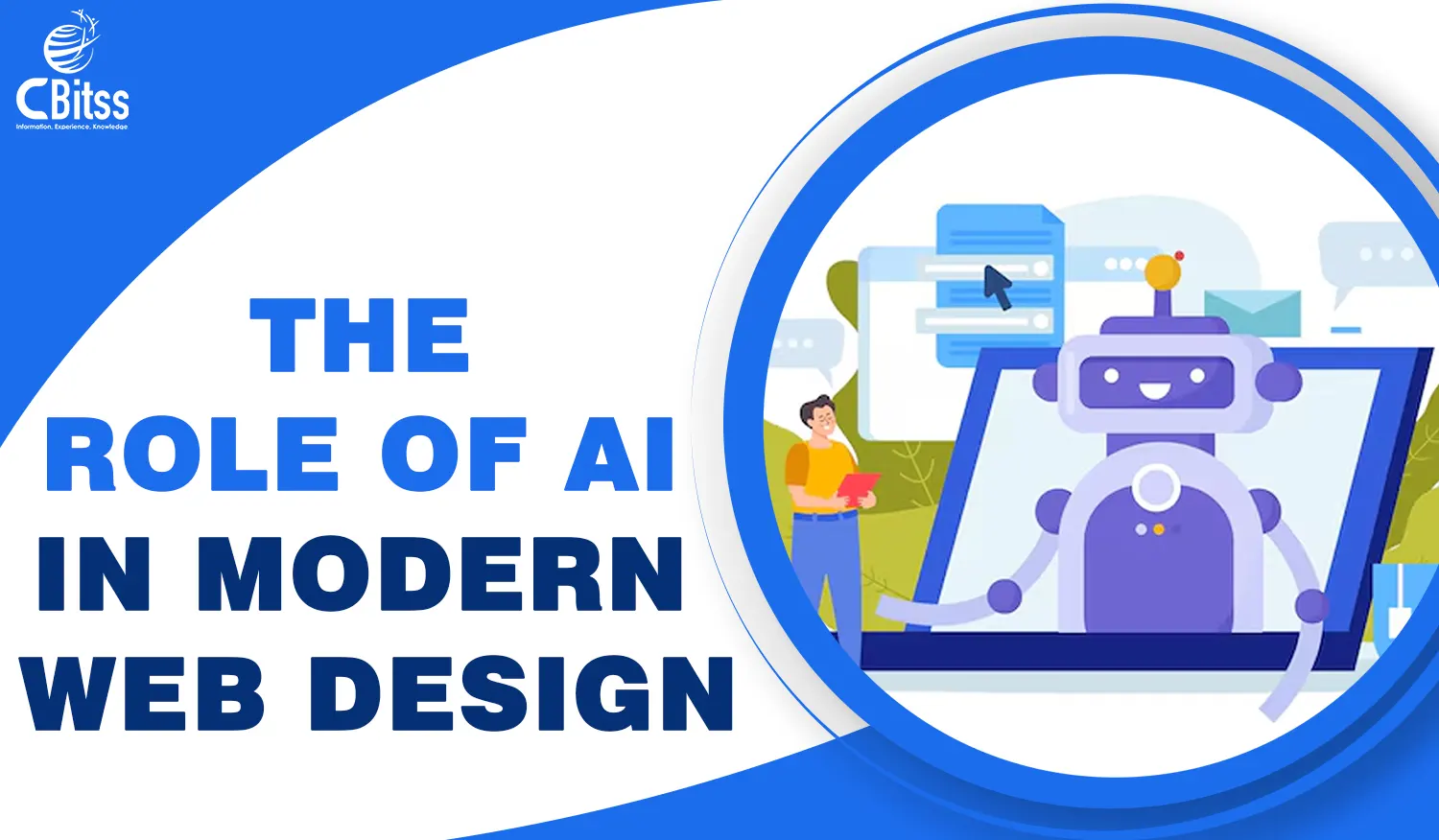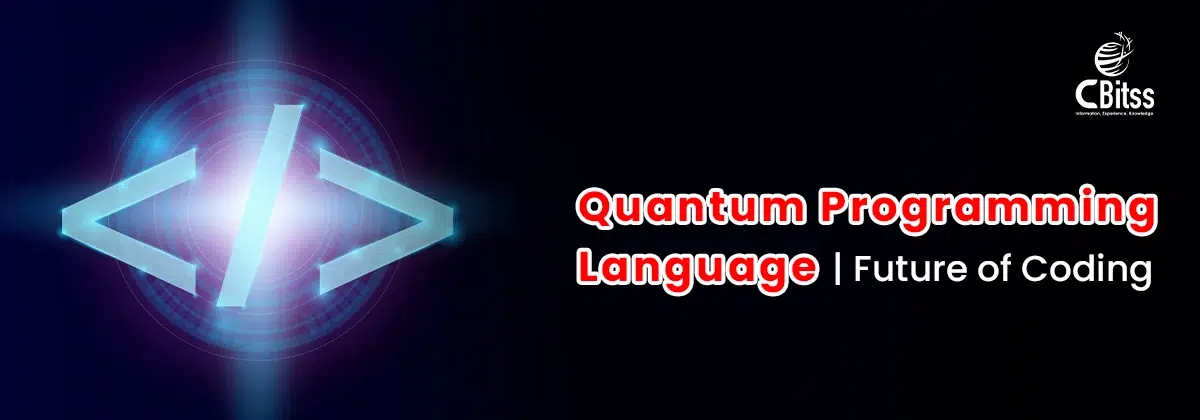Table of Contents
ToggleIntroduction
Web design is now being revolutionized by Artificial Intelligence (AI), which makes complex processes seamless and efficient. No more endless hours spent manually writing code and fumbling with errors, AI allows designers to generate beautiful layouts and content optimizations without any hassle. By automating repetitive tasks, AI enables designers to get on with what they do best, unleash their creative power, and create great UX.
With the help of advanced tools such as Wix ADI and Squarespace, designing websites has never been faster or more precise. These AI-powered design platforms simplify the process, allowing users to build beautiful, responsive websites without technical hurdles. Artificial intelligence is no longer just a tool—it has become the ideal partner for the new generation of web designers, reshaping the future of web development. For those looking to build expertise in this domain, top AI institutes in Chandigarh now offer specialized courses in AI, web development, and UI/UX design, helping learners stay ahead in the evolving digital landscape.
What does AI mean for Web Design?
Web design is now being revolutionized by Artificial Intelligence (AI), which makes complex processes seamless and efficient. No more endless hours spent manually writing code and fumbling with errors, AI allows designers to generate beautiful layouts and content optimizations without any hassle. By automating repetitive tasks, AI enables designers to get on with what they do best, unleash their creative power, and create great UX.
With the help of advanced tools such as Wix ADI and Squarespace, designing websites has never been faster or more precise. These AI-powered design platforms simplify the process, allowing users to build beautiful, responsive websites without technical hurdles. Artificial intelligence is no longer just a tool—it has become the ideal partner for the new generation of web designers, reshaping the future of web development. For those looking to build expertise in this domain, top AI institutes in Chandigarh now offer specialized courses in AI, web development, and UI/UX design, helping learners stay ahead in the evolving digital landscape.

The Web Design Process Before AI
Before AI, designers were hand-coded, and coding HTML, CSS, and JavaScript were the key elements. This was tedious and laborious. Layouts were often drawn in pen and designed ad hoc. But accuracy required the greatest amount of work and ingenuity on the part of web designers.
You had to work with developers, complex features required complicated programming. Static wireframes were employed by designers who didn’t evolve. In its imperfection, this manual procedure inspired the latest, revolutionary AI-based methods.
Web Design Modifications Made By AI Then And Now?
AI revolutionized web design workflows by making repetitive tasks automatic and more efficient. The designer is now employing AI-powered platforms to build dynamic layouts based on user activity. Tools such as ChatGPT even generate the content, which makes even less manual work for experts. It is also changing the way we write with smart content writing tools that enhance clarity and SEO performance (Content writing tools).
Also, AI makes accessibility better as websites are made to meet the needs of many different groups. Querying huge sets of data, AI picks up trends and makes changes to designs. As a result, organizations offer better user experiences and remain on top of the competition.
Learn how artificial intelligence is redefining creativity and user experience online.
Various AI Techniques Used in Web Design
- Automated Design Generation: Apps such as Wix ADI build complete layouts from user inputs automatically.
- Natural Language Processing (NLP): AI chatbots increase customer interaction through real-time navigational assistance.
- Predictive Analytics: Machine learning learns from the data of users and predicts trends, to enhance designs on an ongoing basis.
- Image Tagging: AI tags and classes images to make them accessible to the visually impaired.
- Machine Learning: AI adjusts to browsing history and preference in real-time.
- React Web Design: AI continuously resizes layouts for easy navigation across devices.
- Software Testing: Testing tools such as Selenium effectively catch bugs through user testing.
- SEO Optimization: AI systems such as Jasper AI help you create SEO-friendly content with ease.
- Integration with Voice Search: AI assists in voice search and makes the website accessible.
- Heatmap analysis: AI assesses the interactions between users, so layouts can be efficiently optimized.
- AI Design Assistants, Such as Adobe Sensei, suggest fonts and colors.
- Improved Accessibility: AI automatically checks compliance with accessibility.
- Analytics in real-time: AI gives real-time analysis, so web designers can make better websites all the time.
AI-Features of the Web Design Today
The AI software also does the boring work automatically and increases overall efficiency for web design. They maintain design consistency on multiple platforms efficiently. Moreover, AI optimizes content for SEO, which ensures websites get a high search ranking consistently. Moreover, these strategies align with the SEO selection checklist used by professionals for digital ranking (SEO selection checklist).
For example, tools such as Adobe Sensei are time savers by helping with layout design. Moreover, AI prompts designers to go in new directions, giving rise to creativity without compromising quality. In sum, AI allows professionals to provide exceptional outcomes on very short notice.
Understand how AI tools enhance layout, visuals, and personalized user engagement.
How Web Designing Course in Chandigarh Trains Future Designers?
Designing courses in Chandigarh prepares designers to work with AI without fear. Such courses teach fundamental knowledge about how to make the most of AI-related applications. With added focus on prompt engineering in AI, learners are also taught how to frame AI instructions and outputs effectively (Prompt engineering in AI). Focusing on creativity and automation, they enable designers to keep up with the changing industry environment in a seamless way.
Students are also introduced to essential development topics such as SEO types and coding in Linux programming tutorials to build a versatile skill set (SEO Types, Linux programming tutorial).
AI Web Design Future: the era of AI in web design
AI’s place in modern web design will still be changing the landscape with dynamic, personalized solutions. The next tools will be smarter, predicting patterns and automating features intelligently. Businesses will benefit from these improvements and create cutting-edge digital experiences seamlessly.
Lastly, AI is complementing, not superseding, web designers by augmenting their ability. This balance also raises important discussions around AI vs human intelligence and the collaborative potential of both (AI vs human intelligence). AI in Web Design Today ensures technology and creativity co-exist harmoniously, opening the door to a fresh new tomorrow. To know more, join the Artificial Intelligence Course in Chandigarh.

J. Julia Kamei is a professional content writer with 4+ years’ experience creating impactful content for clients in the USA, India, Canada, the UK, and Europe. An M.A. History graduate, she specializes in immigration, business, IT, digital marketing, AI, and Data Science. She also mentors students for international education and research.







